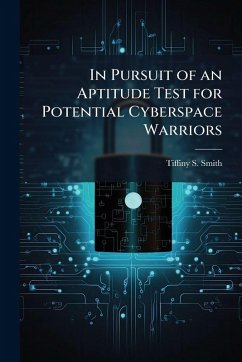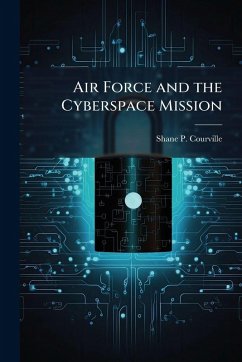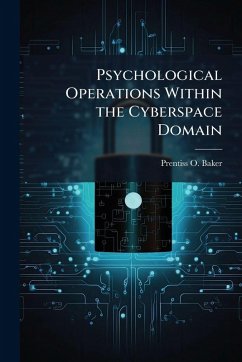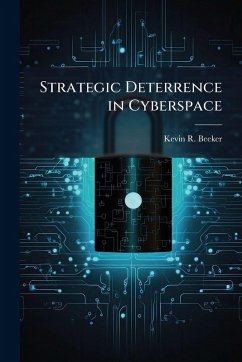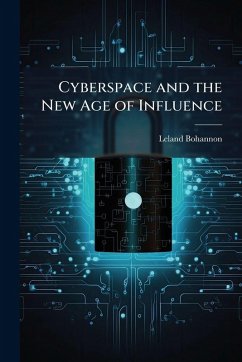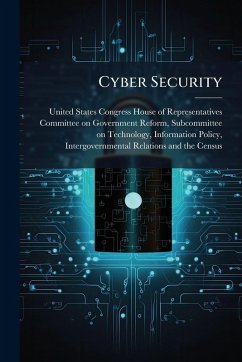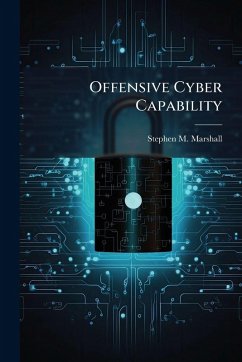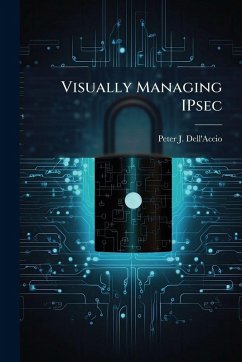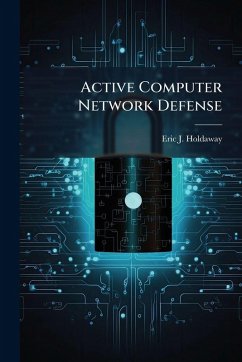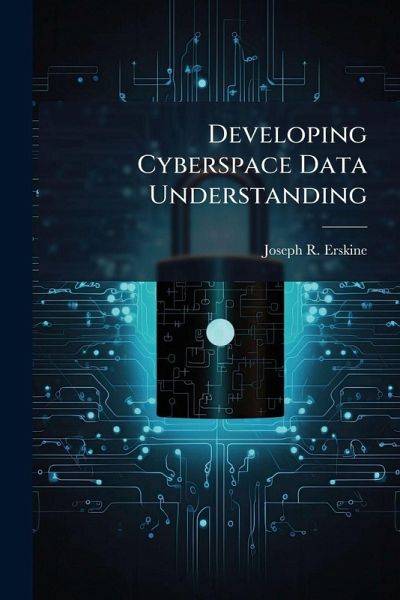
Developing Cyberspace Data Understanding

PAYBACK Punkte
9 °P sammeln!
Current intrusion detection systems generate a large number of specific alerts, but do not provide actionable information. Many times, these alerts must be analyzed by a network defender, a time consuming and tedious task which can occur hours or days after an attack occurs. Improved understanding of the cyberspace domain can lead to great advancements in Cyberspace situational awareness research and development. This thesis applies the Cross Industry Standard Process for Data Mining (CRISP-DM) to develop an understanding about a host system under attack. Data is generated by launching scans a...
Current intrusion detection systems generate a large number of specific alerts, but do not provide actionable information. Many times, these alerts must be analyzed by a network defender, a time consuming and tedious task which can occur hours or days after an attack occurs. Improved understanding of the cyberspace domain can lead to great advancements in Cyberspace situational awareness research and development. This thesis applies the Cross Industry Standard Process for Data Mining (CRISP-DM) to develop an understanding about a host system under attack. Data is generated by launching scans and exploits at a machine outfitted with a set of host-based data collectors. Through knowledge discovery, features are identified within the data collected which can be used to enhance host-based intrusion detection. By discovering relationships between the data collected and the events, human understanding of the activity is shown. This work has been selected by scholars as being culturally important, and is part of the knowledge base of civilization as we know it. This work was reproduced from the original artifact, and remains as true to the original work as possible. Therefore, you will see the original copyright references, library stamps (as most of these works have been housed in our most important libraries around the world), and other notations in the work. This work is in the public domain in the United States of America, and possibly other nations. Within the United States, you may freely copy and distribute this work, as no entity (individual or corporate) has a copyright on the body of the work. As a reproduction of a historical artifact, this work may contain missing or blurred pages, poor pictures, errant marks, etc. Scholars believe, and we concur, that this work is important enough to be preserved, reproduced, and made generally available to the public. We appreciate your support of the preservation process, and thank you for being an important part of keeping this knowledge alive and relevant.



